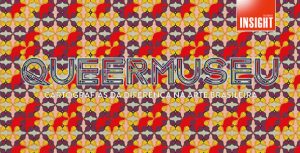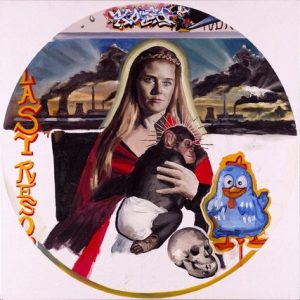Last August, the first major exhibition of queer art was shut down earlier than scheduled at the Santander Cultural in Porto Alegre, Brazil. The art exhibition was called Queermuseu or Queer Museum, and promoted gender and sexual diversity. Protests were initiated by a group called Movimento Brasil Livre (Free Brazil Movement), which is a right-wing group that was also responsible for the protests against former president Dilma Rousseff. The Free Brazil Movement accused the exhibit of promoting pedophilia, child pornography, bestiality, and blasphemy. Out of the 263 works by 85 different artists, the 3 pieces that evoked such a negative response include an image of the Virgin Mary carrying a baby monkey, altar bread with the words “vagina” and “tongue” written on them, and portraits of children with the words “transvestite” and “gay child” written on them. The Free Brasil Movement organized protests inside and outside of the museum, which included harassing museum patrons. Since Santander Cultural, a cultural center, is sponsored by the Santander Bank, the bank made the decision to close the exhibit early and came out with a statement apologizing for the exhibit and disapproving the content within the exhibit.
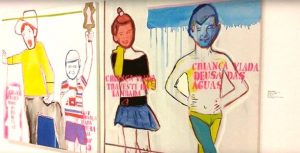
“Gay Children” by Bia Leite. Photo taken from Freemuse.
However, backlash over the abrupt cancellation occurred as well. Specifically, the freedom of speech has been a concern among some Brazilians, especially since the new president (Michel Temer) came into power. In addition to the closure of this exhibition, there has also been other acts of censorship by the government regarding political film. The curator of the Queermuseum, Gaudêncio Fidelis, responded by comparing these actions to the censorship Brazil experienced under the military dictatorship from 1964-1985. Along with the curator of the Queermuseum, the district attorney and some major artists have condemned the closing of the exhibit, explaining that no pedophilia was observed in the art. Although protests and a petition has been signed by over 60,000 people, the Queermuseum has not been reopened, but the city of Belo Horizonte is interested in having the exhibit in their municipal museum.
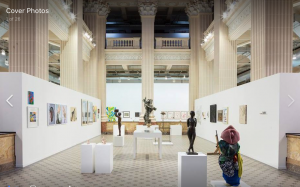
Inside the Queermuseu. Photo taken from GoFundMe.
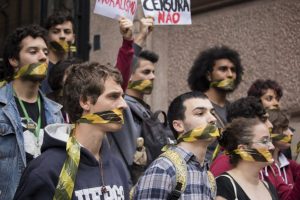
Protests against the closure of Queermuseu. Photo taken from The Conversation.
This article emphasized the importance of Christian values among Brazilians and how far right movements have advocated for these beliefs to influence politics. The article portrayed a negative depiction of the current Brazilian president, Michel Temer, for mixing his evangelical beliefs with politics and other questionable actions. However, this has produced backlash from other Brazilians, such as those from the LGBT, to the extent in which the democratic practices of Brazil is being questioned. The article also portrayed artists and musicians as being heavily involved in Brazilian politics, especially due to the government’s censorship of the arts.
The importance of artists and musicians in Brazilian society was talked about in class last Thursday. Marina brought up the power of musicians when it comes to race and the documentary also touched upon this topic. Interestingly, the theme of celebrities playing a role in politics came up again in this article too, as the article emphasized the disapproval many celebrities had for the closure of the exhibit. Another recurring class theme this article presented is religion. The early readings we have had for class has focused on how Portuguese colonists brought Catholicism to Brazil and promoted it as the superior religion among indigenous people. The colonists were appalled by some of the natives’ actions, such as homosexuality and cannibalism, and viewed them as immoral (Seed, 96). Today homosexuality is not viewed to this extreme, but as evangelical beliefs are growing prominent in Brazil, opposition may be rising.
References
Seed, Patricia. American Pentimento the Invention of Indians and the Pursuit of Riches. Minneapolis: University of Minnesota Press, 2001.

